It can be hard work getting a cold email campaign right, but it takes a special level of skill to create a truly horrific campaign. You know the ones I’m talking about – emails with zero opens, the kind people just can’t delete quickly enough.
Is your SDR team ruining their sequences with these common mistakes? Maybe not… But after 5+ years of leading my own sales development team, experience tells me that there’s always something that can be improved in your outreach.
This is exactly why part of my job here at Reply has been to educate our customers about the ways to avoid the most common mistakes when preparing and launching their campaigns, maximize their open and reply rates, and ultimately convert more opportunities and close more deals.
So I’ve decided to put together a list of such mistakes, hoping it will be useful to both seasoned users of our platform and those who are just beginning to consider automating their email outreach. There are also some tips on how to fix these mistakes so you can get even more results from your outbound efforts.
Enjoy!


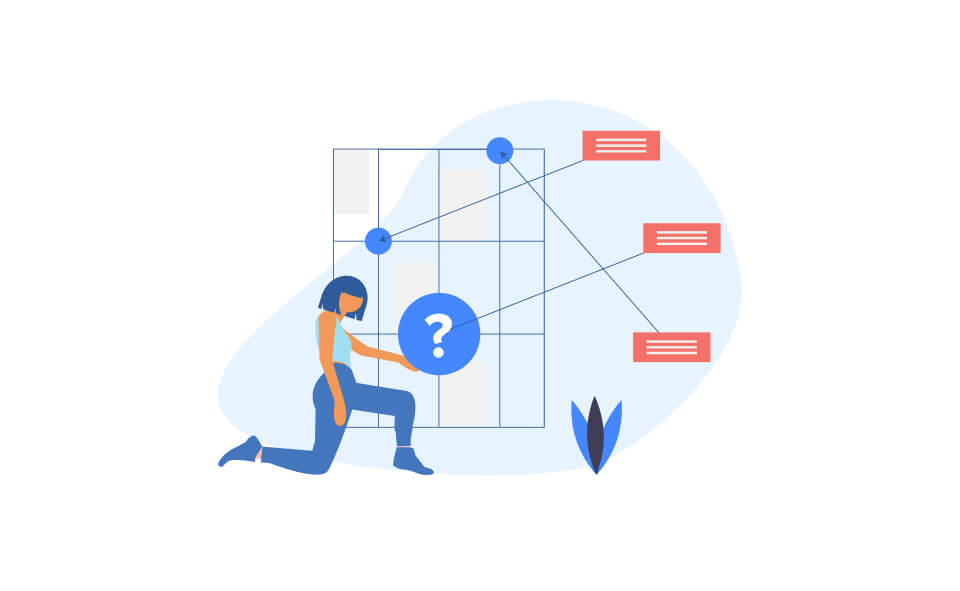
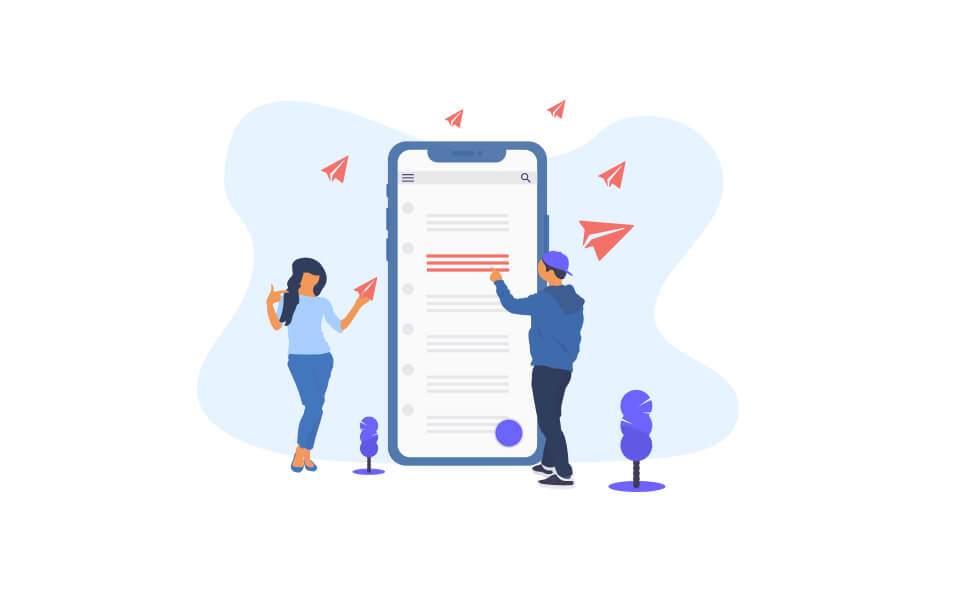
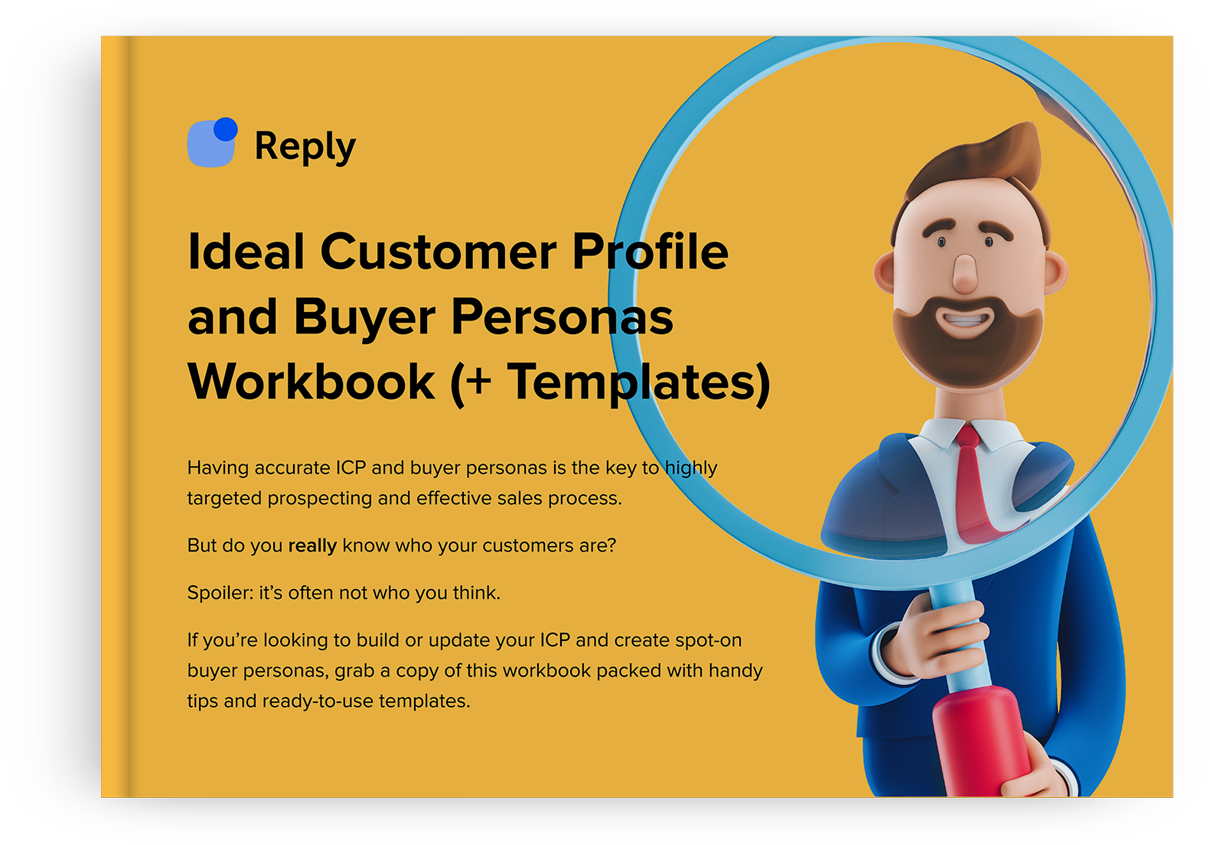

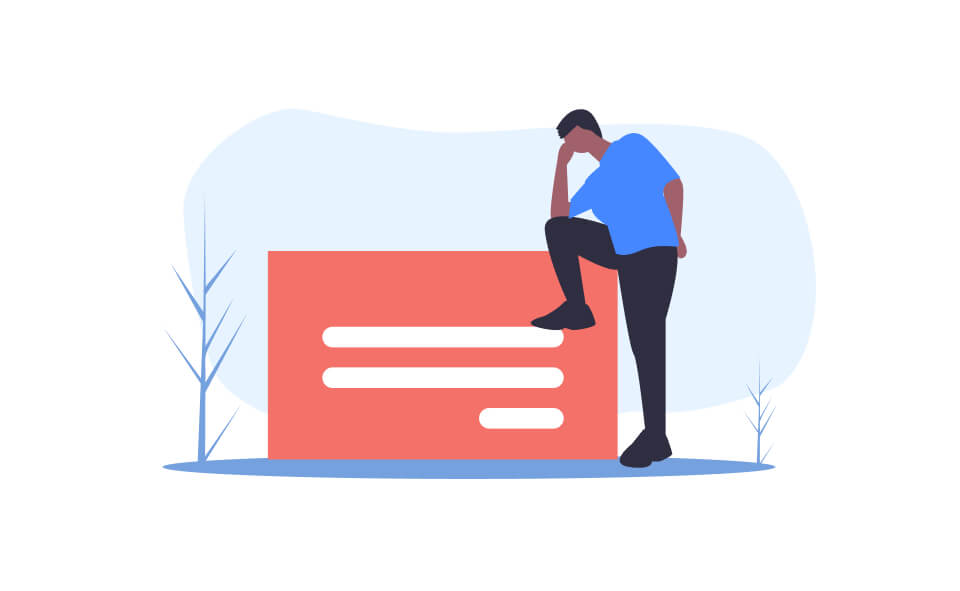

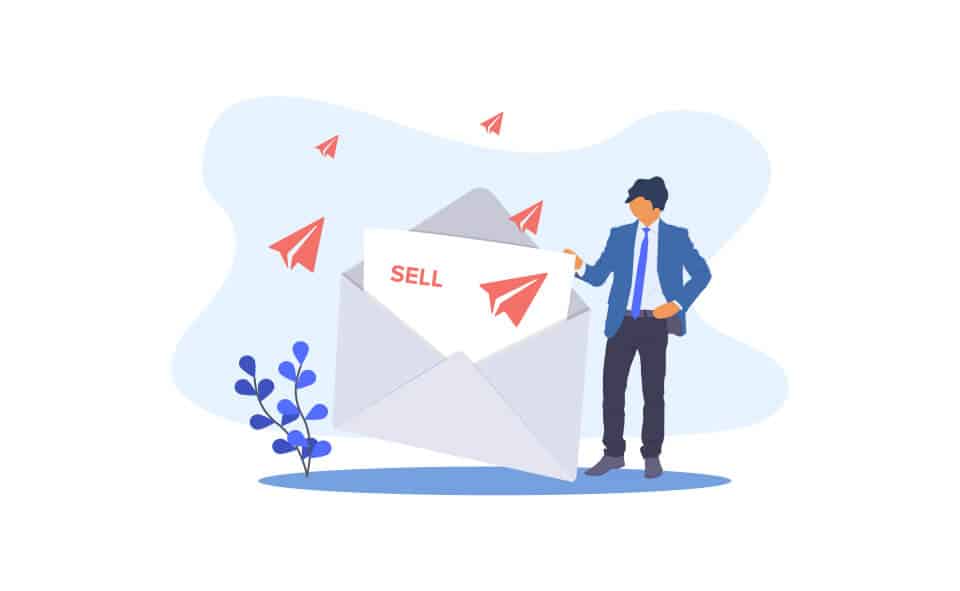


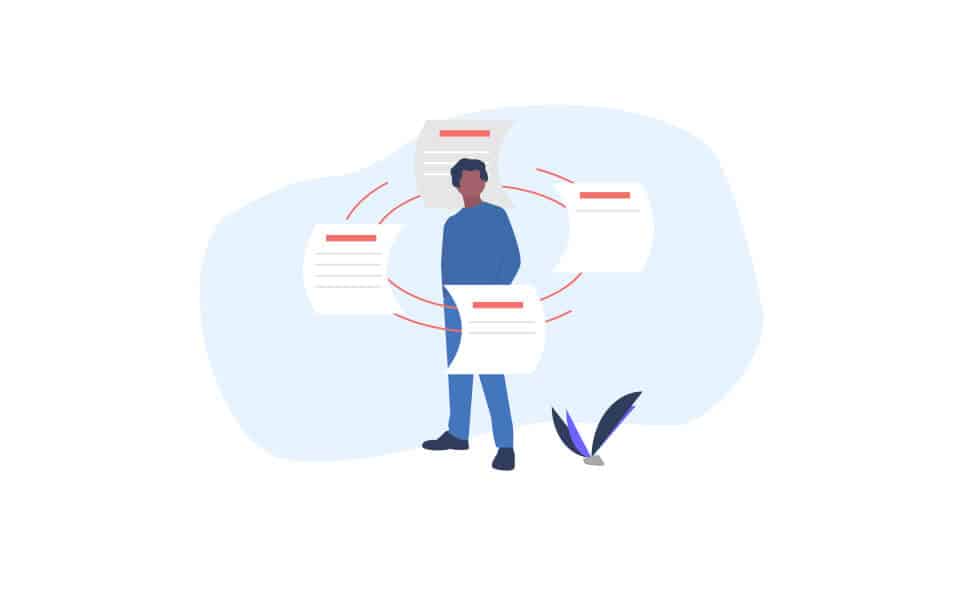
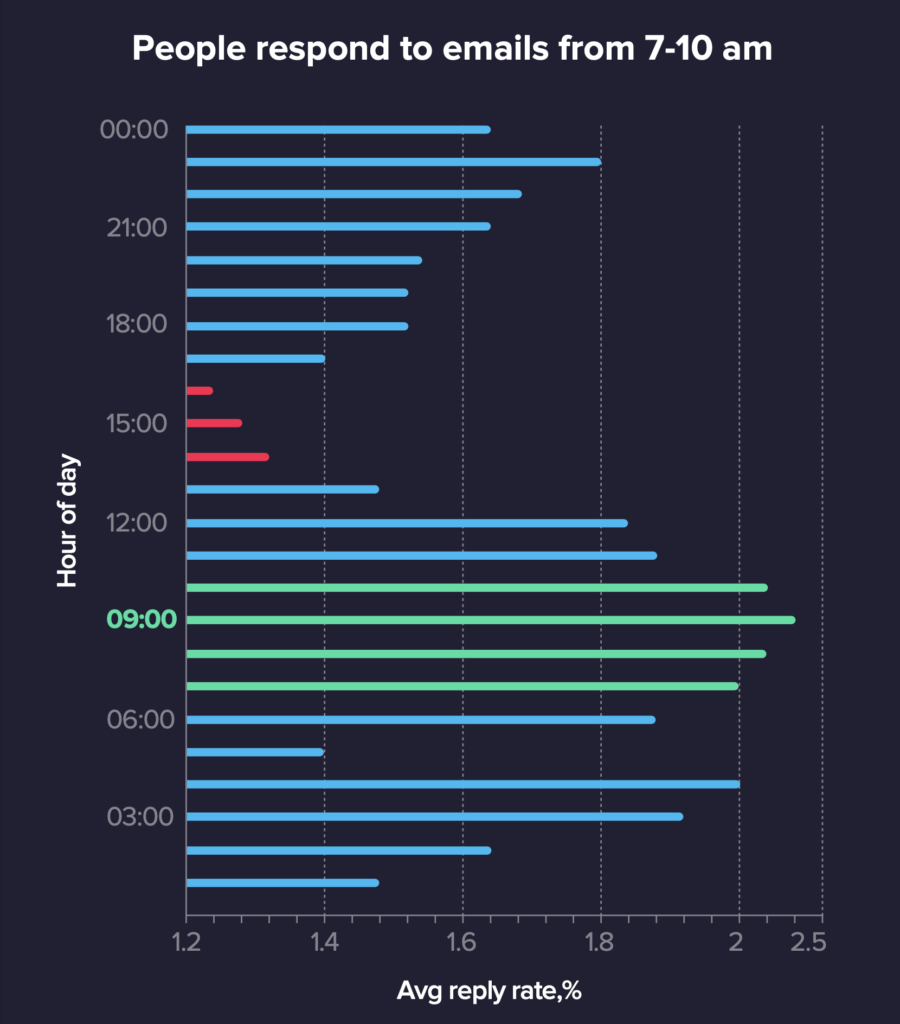
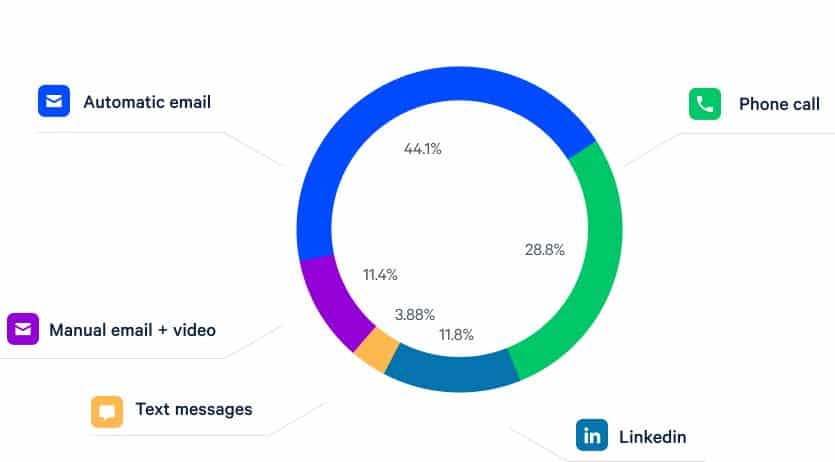
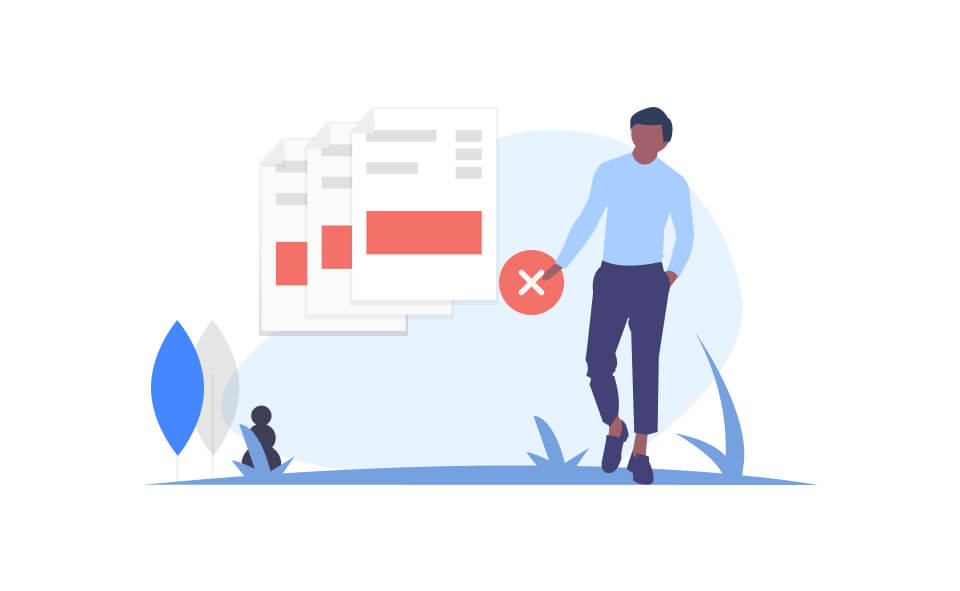
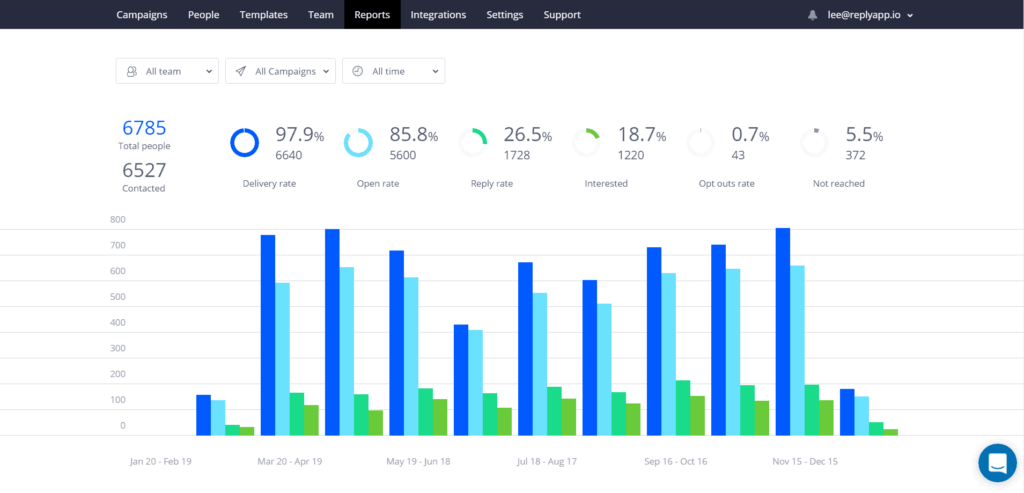
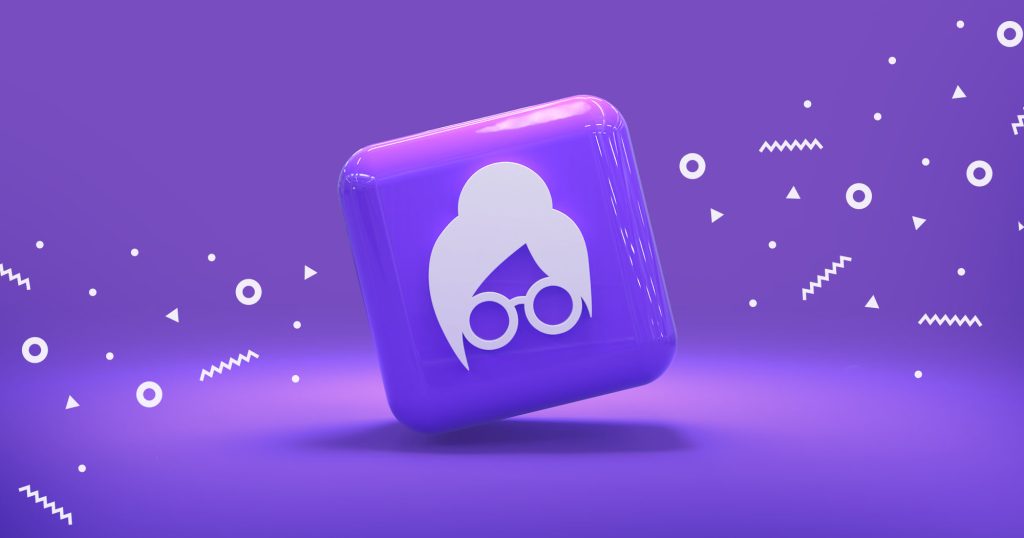

![New in 2025: Reply.io Teams Up with Persana AI [+Live Webinar] New in 2025: Reply.io Teams Up with Persana AI [+Live Webinar]](https://reply.io/wp-content/uploads/persana.io_-1024x538.jpg)
